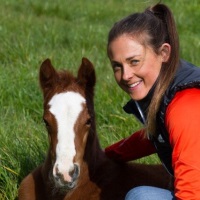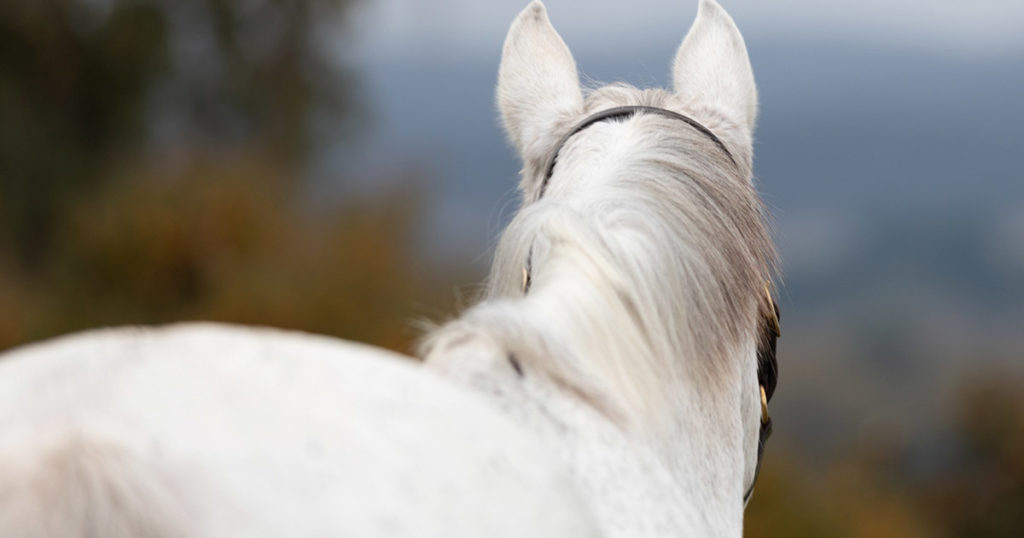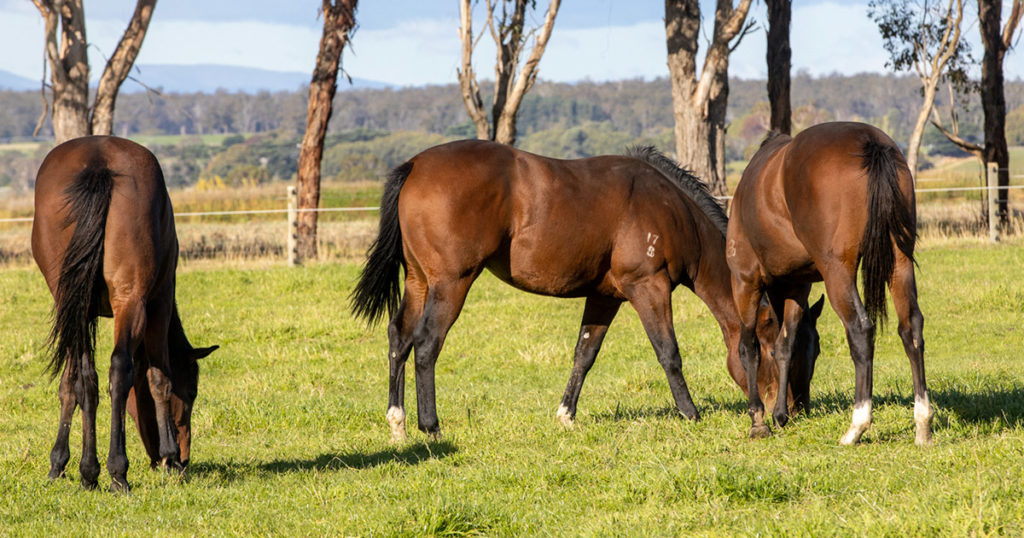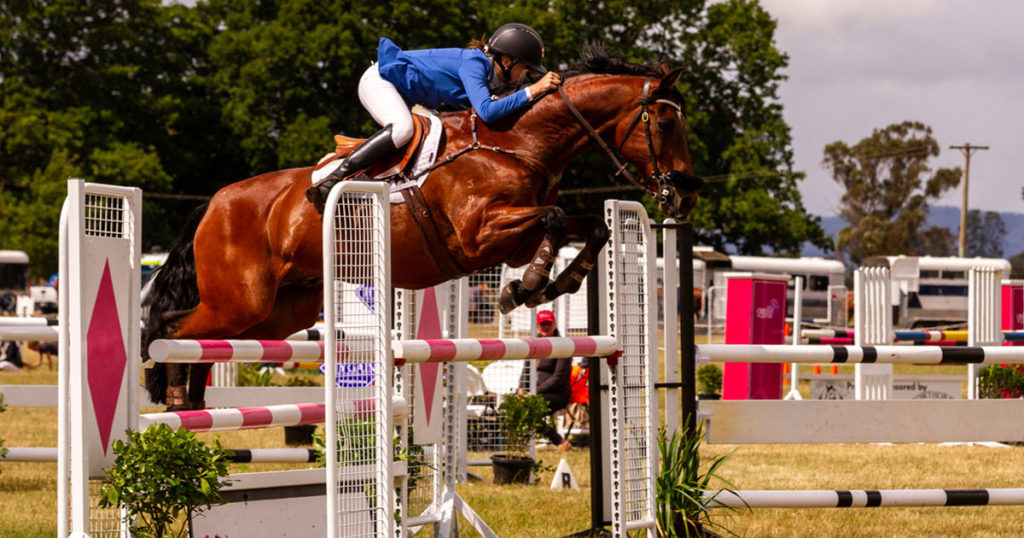Our horses and ponies have many natural ways to help them keep warm in cold weather. One of these ways is increasing their metabolic rate. Read more about this at: Rugging (Blanketing): Increasing the Risk of Laminitis, Insulin Resistance & Equine Metabolic Syndrome. Another way is how they digest fibre in their diet. To learn more, visit: Feeding Horses and Ponies in Cold Weather.
Unlike the two mechanisms above, a third way our horses and ponies keep warm is not significantly influenced by how we feed or manage them.
Have you ever wondered why on cold, wet, windy days they turn their backs to the cold? This is because our horses’ and ponies’ rumps and back have thicker skin and coat and less surface blood vessels. This means they lose less heat and maintain warmth better in these areas. This enables them to withstand cold weather better in this position. Their tail hair also serves an important purpose in helping to protect against heat loss.

Camilla Whishaw is a highly regarded, experienced horsewoman and naturopath, helping to holistically treat and manage a broad range of equine health conditions and injuries, with a passion for mare and stallion fertility.
As a world-renowned practitioner, presenter, author, and consultant in the field of Equine Naturopathy, Camilla shares her knowledge through keynote presentations, interviews, lectures, panel sessions, and workshop training.






Pingback: Feeding Horses and Ponies in Cold Weather - Optim Equine
Pingback: Rugging (Blanketing): Increasing the Risk of Laminitis, Insulin Resistance & Equine Metabolic Syndrome. - Optim Equine